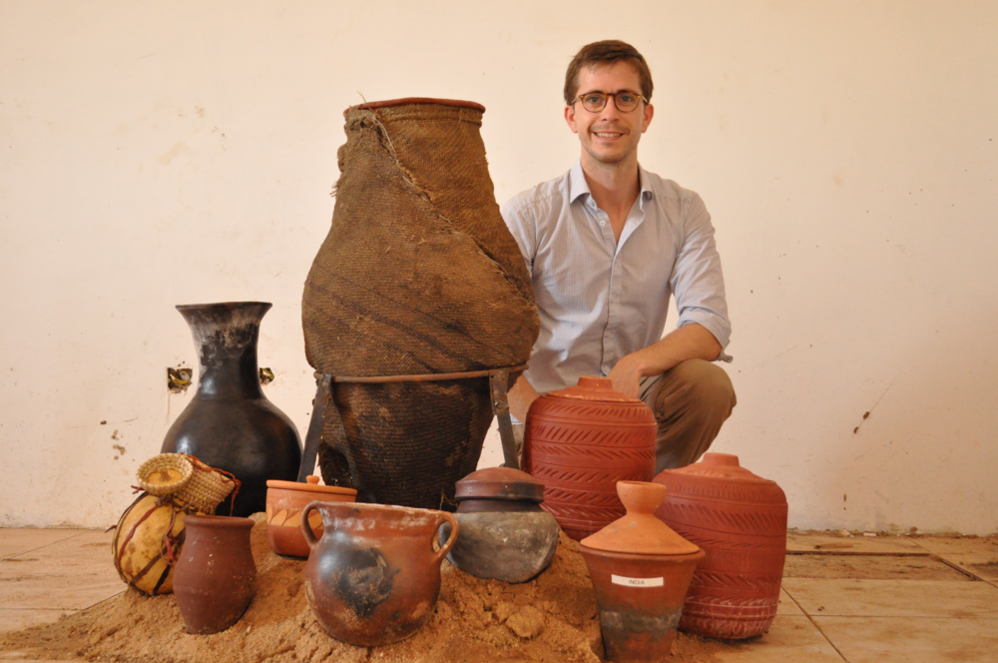 Imagine not having a refrigerator to store insulin! In some countries, evaporative cooling using clay pots are an alternative to a refrigerator. No one really knew how efficient these alternatives were so Life for a Child conducted a study to find out.Thirteen devices were used in seven countries (10 clay pots, a goat skin, a vegetable gourd and a bucket filled with wet sand), and two identical commercially manufactured cooling wallets were compared. Read the abstract below:
Imagine not having a refrigerator to store insulin! In some countries, evaporative cooling using clay pots are an alternative to a refrigerator. No one really knew how efficient these alternatives were so Life for a Child conducted a study to find out.Thirteen devices were used in seven countries (10 clay pots, a goat skin, a vegetable gourd and a bucket filled with wet sand), and two identical commercially manufactured cooling wallets were compared. Read the abstract below:
BACKGROUND: Insulin loses potency when stored at high temperatures. Various clay pots part-filled with water, and other evaporative cooling devices, are used in less-resourced countries when home refrigeration is unavailable. The aim of the study was to examine the cooling efficacy of such devices.
METHOD: Thirteen devices used in Sudan, Ethiopia, Tanzania, Mali, India, Pakistan and Haiti (10 clay pots, a goat skin, a vegetable gourd and a bucket filled with wet sand), and two identical commercially manufactured cooling wallets were compared. Devices were maintained according to local instructions. Internal and ambient temperature and ambient humidity were measured by electronic loggers every 5 min in Khartoum (88 h), and, for the two Malian pots, in Bamako (84 h). Cooling efficacy was assessed by average absolute temperature difference (internal vs. ambient), and % maximal possible evaporative cooling (allowing for humidity).
RESULTS: During the study period, mean ambient temperature and humidity were 31.0°C and 32.0% in Khartoum and 32.9°C and 39.8% in Bamako. All devices reduced the temperature (P < 0.001) with a mean (sd) reduction from 2.7 ± 0.5°C to 8.3 ± 1.0°C, depending on the device. When expressed as % maximal cooling, device efficacy ranged from 20.5% to 71.3%. On cluster analysis, the most efficacious devices were the goat skin, two clay pots (from Ethiopia and Sudan) and the suspended cooling wallet.
CONCLUSION: Low-cost devices used in less-resourced countries reduce storage temperatures. With more efficacious devices, average temperatures at or close to standard room temperature (20-25°C) can be achieved, even in hot climates. All devices are more efficacious at lower humidity. Further studies are needed on insulin stability to determine when these devices are necessary. Copies of the full paper are available on request. Pictures show the clay pots and devices studied, and a young boy from Sudan with the clay pot he uses to store his insulin
This has been published in full in Diabetic Med. 2016 Jul 26 DOI: 10.1111/dme.13194. Ogle GD(1,)(2), Abdullah M(3), Mason D(1,)(4), Januszewski AS(5), Besançon S(6).
